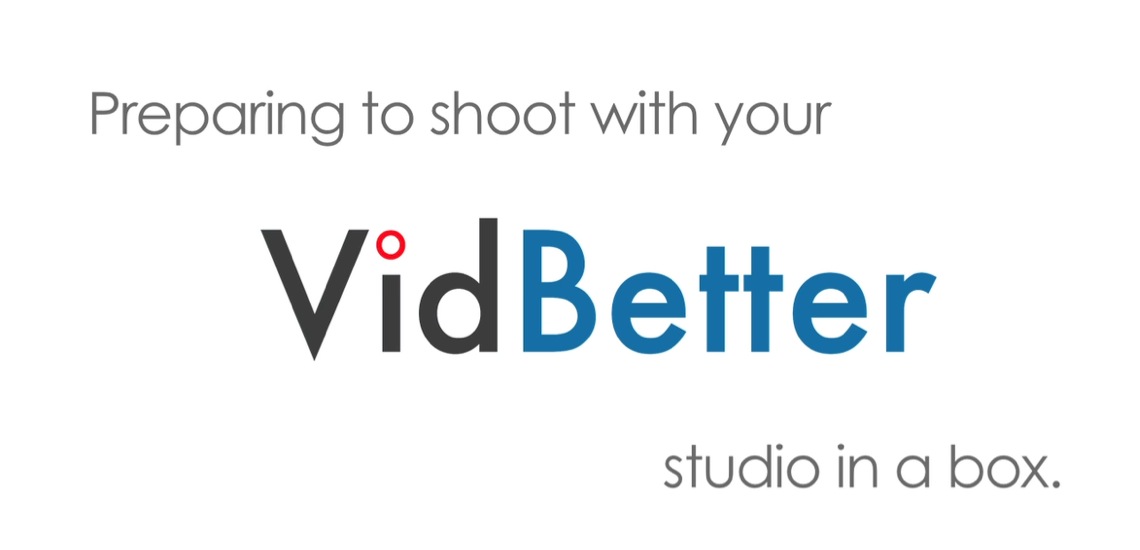VidSimple Beginners Start Here
Your First Steps So you've recently purchased a VidSimple Studio in a Box and you want to make videos but you're not exactly sure how. You're in exactly the right place. We've created a series of tutorials below that you can follow step by step. Beginning at the huge FedEx box sitting at your door, they'll take you all the way to your first finished video downloaded to your computer, ready to show the world. “The secret of getting ahead is getting started. The secret of getting started is breaking your complex overwhelming tasks into small manageable tasks, and then starting on the first one."~Mark Twain View this welcome video Before you jump into Step One, we've made this Welcome Video that you definitely want to check out. It's not enough to know how to use the gear if you don't have any strategy or goals you're working toward. For most of you, video is just a means to an end. You're using it to convert customers, train employees, build relationships, share knowledge, or any number of other things. But you have a purpose in mind, and so everything you shoot and edit should help you reach that end goal. Plan but don't procrastinate. It's always easy to get distracted by petty details, but that's especially true in video. Watch our Welcome Video and think about your plan, commit to the strategy, but most importantly you must take that first step. You'll soon learn how to make videos efficiently, and then once you're comfortable with the process you can refine the strategy with some more advanced training. Step One - Unboxing and Assembling Your Studio in a Box Step Two - Preparing to Shoot With


